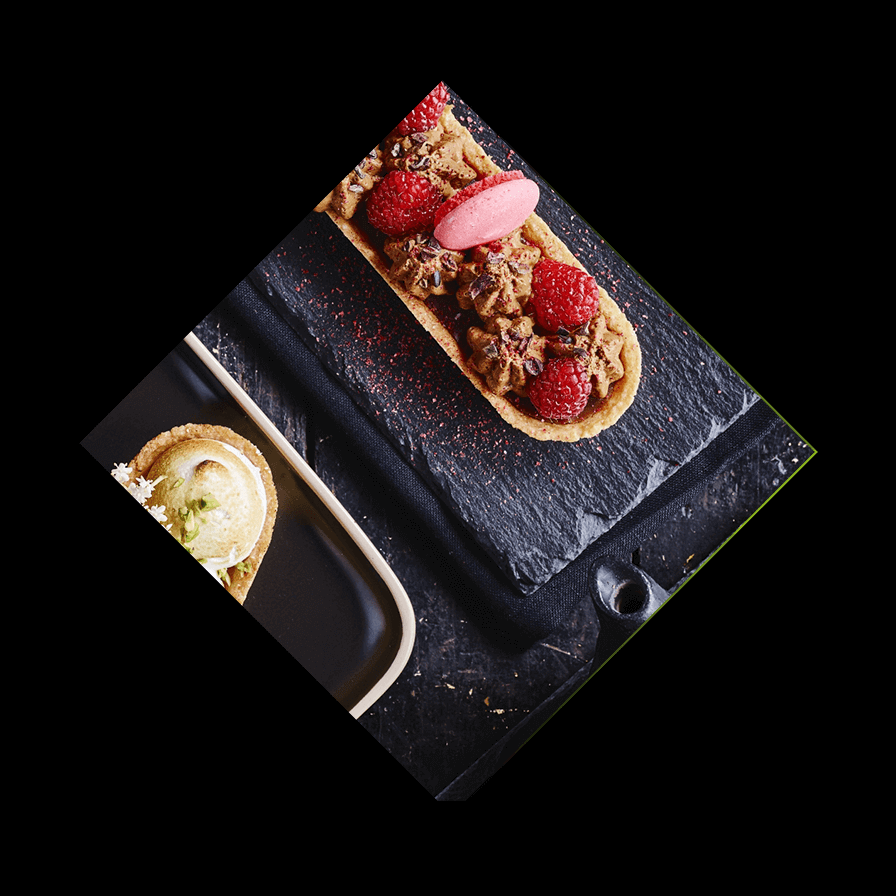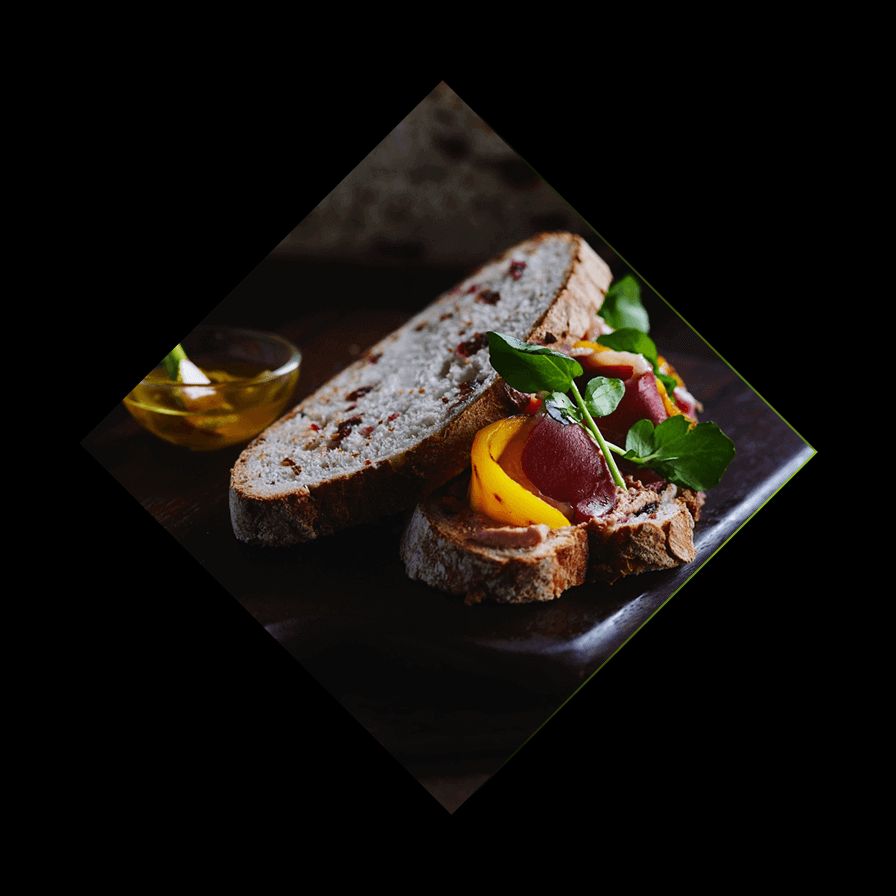Inspiration
FOR LIFE DURING & AFTER COVID-19
How to get through COVID-19 while keeping your business up and running?
Where many businesses (mainly restaurants and bars) had to close their doors during the first weeks of this crisis, there are opportunities to stay open and serve your clientele with an adapted offering.
- What to take into account and how to serve your customers best?
- And – with many countries starting to think about the exit plans – how can you already prepare for the exit after COVID-19?

The new Super Hygiene is here to stay
Research shows that safety and super-hygiene are and will remain on many consumers’ minds – even after COVID-19. Therefore, we recommend to clearly communicate about the measures you are putting in place to safeguard your guests’ wellbeing and safety. From hand hygiene to physical distancing for staff and guests: consumers show great concern and need reassurance. This may probably even remain important in the next coming months until the end of the year.
- Communicate it on the menu
- Communicate it on your social media and website

Ideas on how to run 1.5-meter economy-restaurants and horeca businesses
With the reopening of horeca businesses more or less in sight, many debates point at securing the safety of guests by adapting to the new reality:
- Securing 1.5 meters around each table
- Applying physical distancing rules in the kitchen and in serving guests/customers
- Implementing strict hygiene rules: wearing mouth masks
The truth is: are these scenarios viable options? And could they be organized in an efficient, profitable way for your business. The question also arises how guests would appreciate this journey of dining out?
How hospitality entrepreneurs see the future
The first enquiries among restaurant owners and chefs point at changing the restaurant’s business model in the months ahead of us.
1.Pick-up, take-out and delivery
might be here to stay longer than expected – and may become crucial options to consider. They may become an essential service of any restaurant that considers re-opening soon.
2.Offering short menu options
of 3-4 courses within a set time of 1.5-2 hours might open thinking in allowing fewer guests in multiple shifts. Instead of full lunches or evening-filling dining experiences, this idea could inspire smaller restaurants to get back in business during the first weeks of recovery.
3.Outdoors concepts
may also be a way out: if you have terrace serving, or can offer spacious outdoors seating, it may be easier to implement the safety measures and guarantee enjoyable dining experiences while keeping it safe. Fingers crossed for a warm, nice summer!
4.closed or private dining experiences
Some restaurants consider the concept of organizing closed or private dining experiences for small groups of friends/families: a high-end service and menu prepared by a minimal team that includes a fully bespoke menu and great service. This more exclusive style of dining may definitely take off as an ‘exclusive’ experience consumers may crave after the crisis… and want to spend their money on.
5.‘Dark Kitchens’ with no front of house staff
The idea of ‘Dark Kitchens’ with no front of house staff for serving is gaining momentum: kitchen teams work in closed kitchens while cameras monitor and show the guests online the super hygienic and safe kitchens preps go. Food can be ordered online and is delivered contactless to your doorstep.
6.Food = Health!
Due to the Corona virus, many consumers attach greater value to the healthy side of food. It’s turning into medicine to keep you fit. That’s why healthy options are the new luxury: fresh vegetables and fruit, bread with grains and seeds, vegetarian or vegan options are becoming more popular than ever.
7.Think local. Act local!
Supporting your farmers, growers and suppliers creates more sympathy among consumers. The short supply chain that sources vegetables, meat or fish straight from the source is appreciated by many consumers. Communicating about it creates good storytelling as well!
8.Buffets will look different!
The breakfast or lunch buffet as we know it, will need to make place for either service at the table (evidently placed in a safe distance grid) or pre-packed portions. This for now – until consumer trust gradually comes back and the concerns about hygiene shift again to the place they took before the crisis.